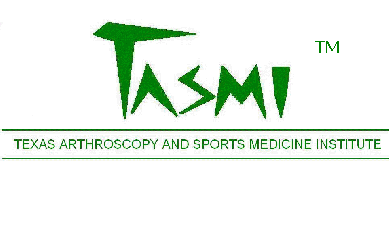|
| |
Physical Therapy
 | At its core, physical therapy consists
of exercises specifically designed to stretch and strengthen an injured area.
In a sense, it is similar to strength and conditioning exercise programs, but
the exercises are specialized and must be done correctly in order to achieve
maximum benefit and avoid aggravating an already injured body part. In
self-limiting conditions, such as frozen shoulder, these exercises may be
discontinued once full recovery has been achieved. In other conditions, such
as patellar instability, these exercises need to be continued indefinitely to
prevent recurrence. In such cases, patients are discharged with a home
exercise program once they have learned the proper form and technique. |
 | In addition to exercises, therapy often involves the
use of modalities. After all, stretching and strengthening an injured region
can be painful. This pain can limit an individual's ability to fully
participate in such an exercise program. Modalities (ultrasound, hot packs,
massage, etc.) can help temporarily alleviate or decrease pain to allow
greater participation in the exercise program. There is no good scientific
evidence that these modalities lead to any permanent benefit
in-and-of-themselves. However, by increasing a patient's ability to tolerate
stretching and strengthening of a painful area, they can help quicken
recovery. Not every patient requires the use of modalities when going for
therapy. |
 | Good therapists, when properly directed by the
physician writing the physical therapy prescription, concentrate of developing
an individualized exercise program for each patient. Proper use of modalities
is often part of the treatment. Therapists that are not well trained often
just apply modalities without doing the hard part - developing an
individualized exercise program and spending time working with each patient to
make sure they perform the exercises correctly. There are several good
physical therapists in the greater Houston area. |
|
